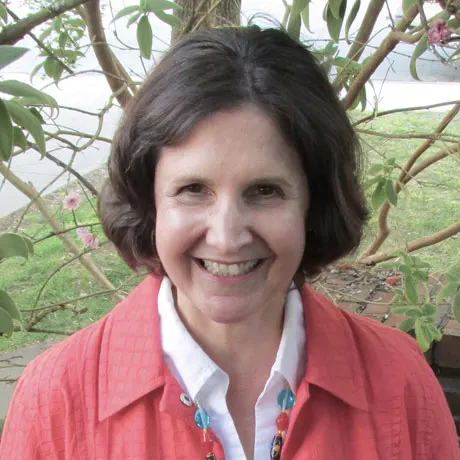Getting an IEP for your very young child
You don’t have to wait until your child starts school to ask about learning differences or developmental delays. Find out how to get a free screening.

Expert reviewed by Kristen L. Hodnett, MS
It’s never too early to get help for a child with developmental delays or learning and thinking differences. Your child must be at least 3 years old to qualify for an . But even before then, your child may be eligible for services.
What to do if your child is under age 3
From infancy until age 3, children can receive help through early intervention services. The Individuals with Disabilities Education Act (IDEA), a federal law, requires that every state provide early intervention. You don’t need a referral. You can request a free evaluation from your state’s early intervention services program.
If your child is found to have a disability or a serious developmental delay, services such as speech therapy or occupational therapy will be provided in your home at no cost to you.
If your child qualifies for these services, you’ll work with a team of educators to develop an Individualized Family Service Plan (IFSP) for your child. The IFSP is a legally binding document that specifies which services and supports the state will provide to your child.
“There’s no benefit to waiting if you’re concerned about your child. Getting answers as early as possible can help keep your child from falling behind.”
What to do if your child is between ages 3 and 5
IDEA guarantees that eligible preschoolers, ages 3 to 5, can get an Individualized Education Program (IEP) and special education services through the public school system. Like an IFSP, an IEP is a legally binding document. It spells out the services and the school district will provide to meet your child’s needs.
If your child qualifies for an IEP, they’ll most likely be offered a free spot at a preschool run by the district.
Here’s how you can try to get an IEP for a child between the ages of 3 and 5:
Look, listen, and list your concerns. Observe your child and keep a list of behaviors or other examples that make you wonder if there’s a learning or thinking difference. Your list will help you present your concerns to people who can help.
Talk to the pediatrician and/or the preschool teacher. Share your observations and concerns with your child’s doctor and teachers (if your child attends preschool or daycare). Ask if what they see is typical for children that age. They may assure you that your child’s development is on track.
Get a referral for an evaluation. If the doctor or teachers share your concerns, you can ask for a referral to your state’s Child Find program. Child Find provides free screenings and evaluations for children who show signs of a or learning differences. You also can send a letter to the school district’s special education director, requesting a (free) evaluation.
Your request for an evaluation can be denied. That’s why it’s important to describe in detail the reasons for your concerns. You also may want to include copies of any tests or doctors’ notes that support your concerns.
After a complete evaluation, your child will qualify for an IEP if they meet these criteria:
They are at least 3 years old.
The evaluation shows they have a disability or delay covered by IDEA.
They need special education services to address those issues before starting kindergarten.
What if your child is already in kindergarten or grade school?
The process of getting an IEP for a grade-schooler is similar to the process for a preschooler. Whether your child attends a public or private school or is homeschooled, you can request an evaluation by contacting your local school district.
There’s no benefit to waiting if you’re concerned about your child. Getting answers as early as possible can help keep your child from falling behind. You’ll also understand your child better. This will help you find strategies such as assistive technology and any other accommodations your child needs to succeed.

